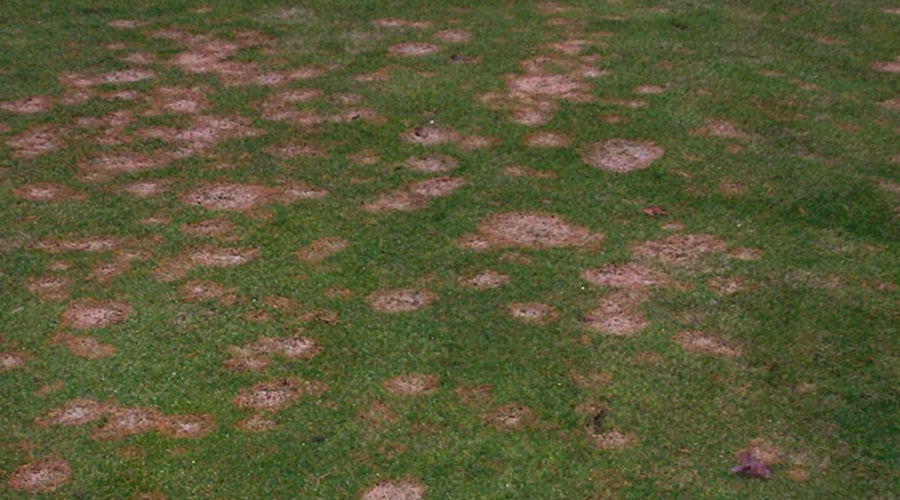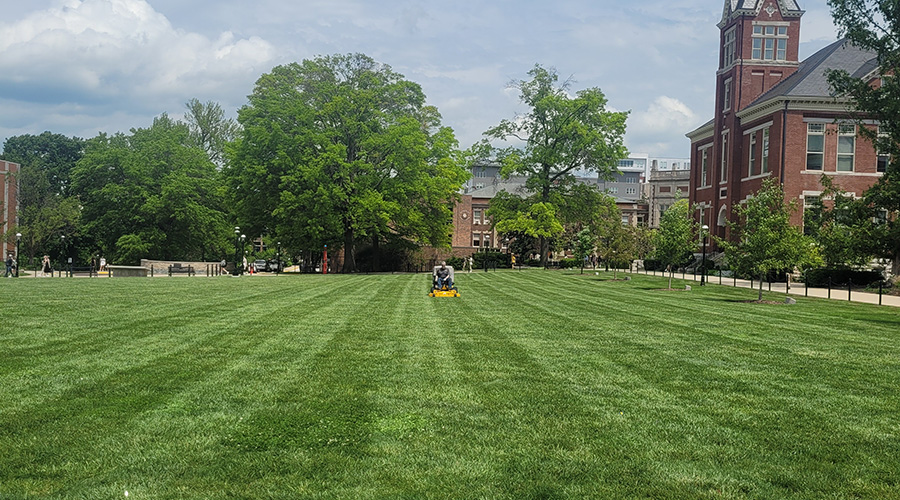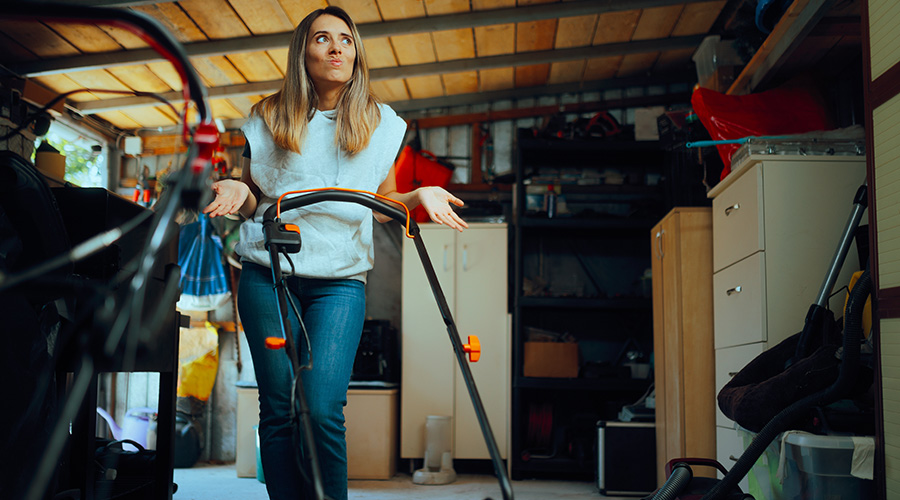Choosing Ergonomic Features and Functions
Manufacturers are trying to help managers make the connection by developing and emphasizing ergonomic features on new-generation mowers.
"By demonstrating mowers with comfort features and comparing productivity with any 'regular' mowers they may have, it's easy to see how more operator comfort can translate into more ground speed, less operator fatigue, and more work completed at the end of each day," Palmer says, adding, "Mower manufacturers have also recognized that ergonomic and safe operator stations lead to greater productivity and allow mowers to cut at faster ground speeds, enabling more area to be maintained in less time."
Some of the changes might seem relatively simple or basic, but manufacturers stress their cumulative impact on operator comfort.
"We've moved more of the controls, and in essence they are fingertip (controls)," Conry says. "In the old days, you had to look down, and they were on a big console. There was more reaching and pushing, versus squeezing more electrical controls. Now, the operator doesn't have to look to one side. He doesn't have to turn his head.
"We also have machines with better sight lines so they don't have to twist their heads to see if they're clearing a tree or if they're right along the side of the fence. We actually have one product where the decks are all out front."
Some ergonomic advances in mower technology seek to limit vibration, which can take a toll on operators.
"What we have done in the last three to four years is to isolate the power train from the operator station, and that eliminates vibration, which is a problem for the machine and the operator," Penner says. "In general, there is more emphasis on suspension, and there is increasing focus on the seat across the industry, as well as levers that allow the operator station to be customized for the operator."
Manufacturers advise managers to avoid makint a purchase decision based only on an initial, subjective reaction to sitting in the operator's seat because that approach can result in investing in the wrong product.
"I always encourage the professionals that I meet to talk with other professionals as one source of input, " Cloutier says. "However, it is human nature to have our loyalties and biases. The only real way to measure the comfort and ergonomics of any mowing product is to ask the local dealer for time on the mower in an actual mowing application over the course of a day or several.
"In mowing environments, there are many different factors that impact operator comfort and ergonomics. How the mower responds to impacts is important, but this is only one factor. For example, vibration and noise are major contributors to operator fatigue."
Related Topics:













